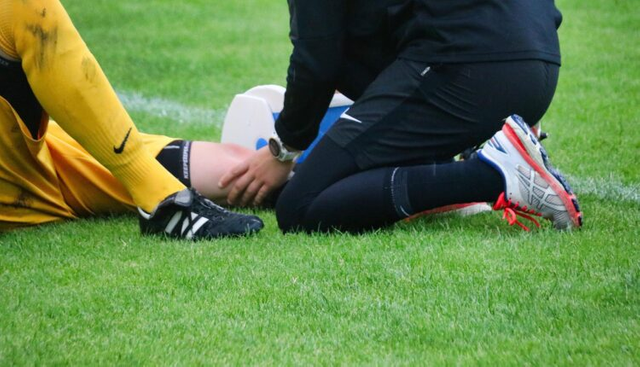What Is The Difference Between Spinal Stenosis And Osteoarthritis?

Pain management for your joints can be difficult to navigate. Arthritis, or the umbrella term for many joint conditions, occurs with the breakdown or rubbing of cartilage near a common joint area. Chronic pain can be a result of arthritis with increased pain in certain types.
Various types of arthritis are associated with certain joints, nerves, and tissue. Osteoarthritis can be degenerative in older adults, while spinal stenosis is a result of osteoarthritis.
What Is Osteoarthritis?
Osteoarthritis can develop in any joint due to a breakdown of cartilage between bones in the joint. Damaged, thin, or missing cartilage are sure signs of osteoarthritis. It affects about half of all adults over the age of , and pain management is beneficial to continue to lead a normal life.
Osteoarthritis was thought to be caused by injury, overuse, or general wear and tear from leading an active lifestyle. Age, genetics, body composition, and inflammation can contribute to the development of osteoarthritis.
Symptoms of Osteoarthritis
Symptoms of osteoarthritis include joint pain, changes in bone structure or movement, and changes to the soft tissue surrounding the joints.
When osteoarthritis develops, cartilage composition weakens as the condition progresses. The body may attempt to regenerate new cartilage in the joint. The new cells won’t be enough to replace the damaged, worn, or missing cartilage.
Damaged or missing cartilage may not contribute directly to the pain behind osteoarthritis. Exposed bone, joint changes, and rubbing due to missing cartilage are directly correlated with the pain.
Osteoarthritis Treatment and Pain Management
When diagnosed early, osteoarthritis can be treated effectively without surgery. Some of the most common forms of pain management and treatment for osteoarthritis include physical therapy, exercise, and home treatments such as compresses and adjustments in footwear. Certain treatments may need to be adjusted through trial and error over time.
What Is Spinal Stenosis?
Osteoarthritis can occur in the spine as people age, leading to lasting effects on the spinal cord and surrounding bones, tissue, and joints. Spinal stenosis occurs when the spinal column narrows, causing increased pressure on the spinal cord and spinal nerves. This can result in serious pain over time.
There are different types of spinal stenosis. Cervical Spinal Stenosis occurs in the neck and causes symptoms and potential pain primarily in the shoulders, arms, and hands. Lumbar Spinal Stenosis occurs in the lower back and causes symptoms and potential pain in the glutes, legs, and feet.
Symptoms of Spinal Stenosis
Like osteoarthritis, symptoms of spinal stenosis include joint pain, changes in bone structure or movement, and changes to the soft tissue surrounding the joints. These symptoms are centralized in the area where the stenosis is occurring.
The small openings where spinal nerves travel can narrow as a direct result of osteoarthritis, causing spinal osteoarthritis or spinal stenosis. The nerves are then pinched, causing pressure and pain.
There are some other underlying causes of spinal stenosis, but osteoarthritis is the most common. Many people with spinal stenosis experience radiating pain, tingling sensations, weakness, or numbness near or at the site of the stenosis whether lumbar or cervical. Symptoms can range from come-and-go symptoms to regular numbness and weakness in the arms, hands, legs, or glutes.